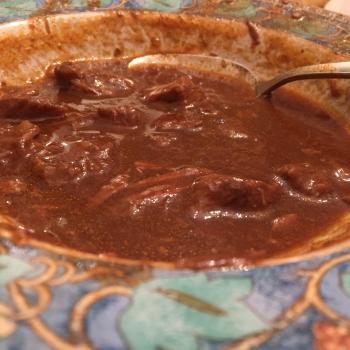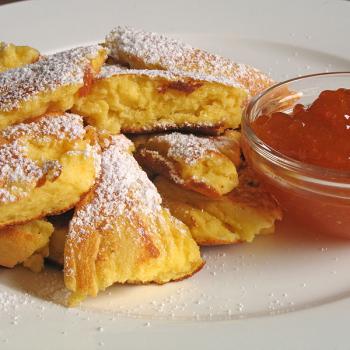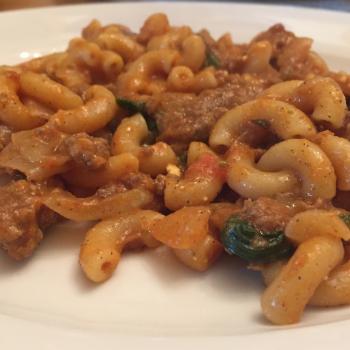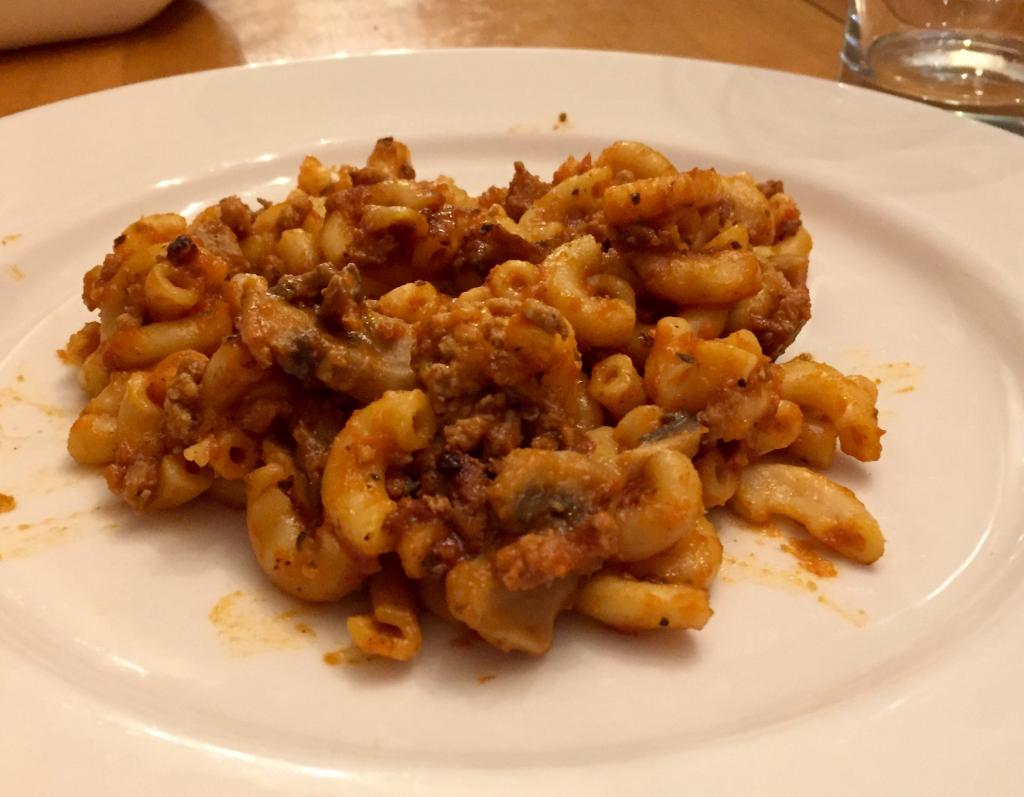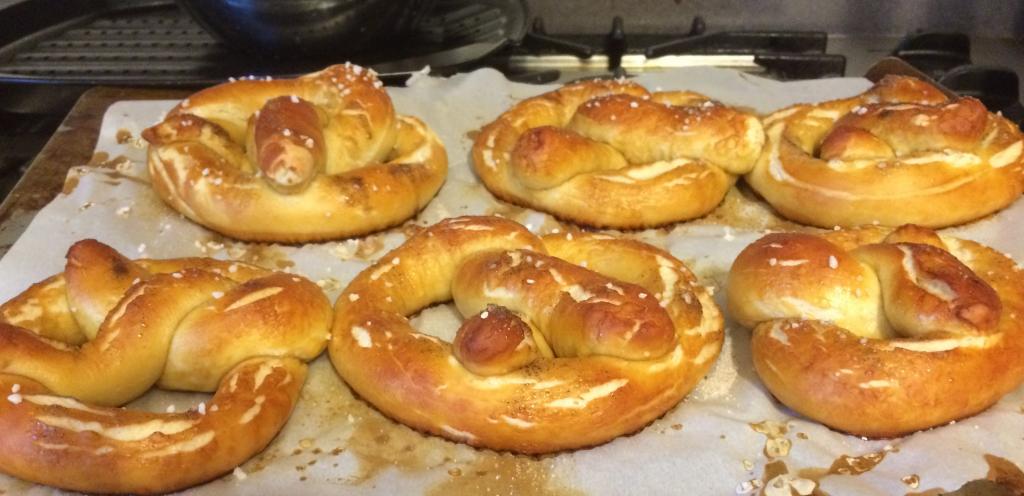
I’ve told you about pretzels before. Here’s an update, with a bit of Actuary family life thrown in.
My youngest son is 11, going into 6th grade, which means that he’s still daycamp age: he spent three weeks at small-boat sailing daycamp, a week at the School of Rock daycamp, a week at a half-day robotics daycamp, a week at Boy Scout Camp, and spent the past week at a daycamp taking place at the 1880s-recreation farm near us. Yes, in many respects, he might be better off if left to find ways to entertain himself, but it’s as much about keeping him busy and giving me time to work, even though, at the moment, “work” has taken a different form than in the past.
In any event, on the first day of this week’s daycamp, they made pretzels. It was a very simple recipe, so simple, in fact, that he memorized it, though later on he brought home a photocopy:
2 – 3 cups flour
1 tsp salt
1 tbsp yeast
1 tbsp sugar
1 cup warm water
melted butter
salt or cinnamon sugar
Mix the yeast and water in a large bowl. Add the sugar, stir. And the salt, then the flour 1/2 cup at a time, until a ball is formed. Knead for a few minutes. Break into smaller pieces and form into pretzel shapes. Brush with melted butter and sprinkle with salt or cinnamon sugar. Bake at 400 degrees for 8 – 10 minutes on a parchment paper-lined cookie sheet.
So after getting home, my son got out the ingredients and mixed them together. He didn’t worry about getting the water to the right temperature, and I think the generous quantity of yeast made this less necessary (you’ll note there is also not any rise cycle). He shaped them into pretzel shapes (though he was frustrated that the dough was difficult to work with), brushed them with butter, and sprinkled both salt and cinnamon sugar for good measure. They turned out good, though not yet exceptional.
The next day he decided that, similar to our prior pretzel making efforts, he wanted to do a lye bath, so we did so together. (Yes, the lye bath part was more of a joint effort.) They came out more pretzely, though he was still frustrated at the difficulty working with the dough.
He decided to watch some you tube videos demonstrating the lye bath. One of them demonstrated the pretzel-making with a mixer, the other by hand, and he said, “wow, look how nice the dough looks after he kneaded it!” — which, I have to say, I had assumed was skipped in pretzel-making with the kids just to make it simpler, but Mikey said, “oh, no, the recipe says to knead it but I just skipped that because I didn’t know how much it mattered.” So he kneaded – and was very pleased how it turned out.
On Day 3, he kneaded by hand again, but was less happy with the way it turned out. So on Day 4, he used the mixer with the dough hook, doubled the recipe and was very pleased with the outcome. To be sure, even with the lye bath, they are not authentic German pretzels with that crunch on the outside, and I think the next time around, we’ll add steam, artistan bread-style.
And, yes, that’s a lot of pretzels — because my son, when he’s into something, gets really into it. Earlier this summer he made multiple batches of brioche. A couple months prior to that, he made Boy Scout-style monkey bread. And so on.
But this is what we learned in the course of his experiments: it is truly all about the lye. The recipe I used in my original experiments used more finicky amounts of ingredients; my son’s recipe was very simple. But using lye, rather than the Nervous-Nellie alternative of baking soda, really makes all the difference, and gives it that distinctive pretzel-y taste.
I also came to the conclusion that the lye isn’t quite as deadly as you might think from all of the lye-handling warnings — because those warnings are generally in the context of crafters who make soap as a hobby, and the concentration of lye used for soap-making is much stronger than that of pretzel-dipping. The method we finally worked out is this: put 1 tbsp lye in 2 cups cold water in a plastic bowl, and set it in the sink, with a parchment paper-covered baking sheet right next to the sink. Then my son shapes the pretzels, I put on the rubber gloves, and, one by one, he drops them onto my hands, I dip them into the lye bath, coating them thoroughly, and set them on the baking sheet, reshaping them as needed. Then he sprinkles the toppings on and we bake them. I dump the lye bath into the sink, rinse everything completely, then wash them as usual. So far, none of us have died.
How is it that the lye ends up being harmless? The best I understand, there’s some sort of chemical reaction when it bakes. Whether that means that the pretzels (or the drips of lye bath water on the baking sheet) are dangerous to touch before going into the oven, I don’t know. But I still find it fascinating that this DANGER! DANGER! ingredient works out as it does.




